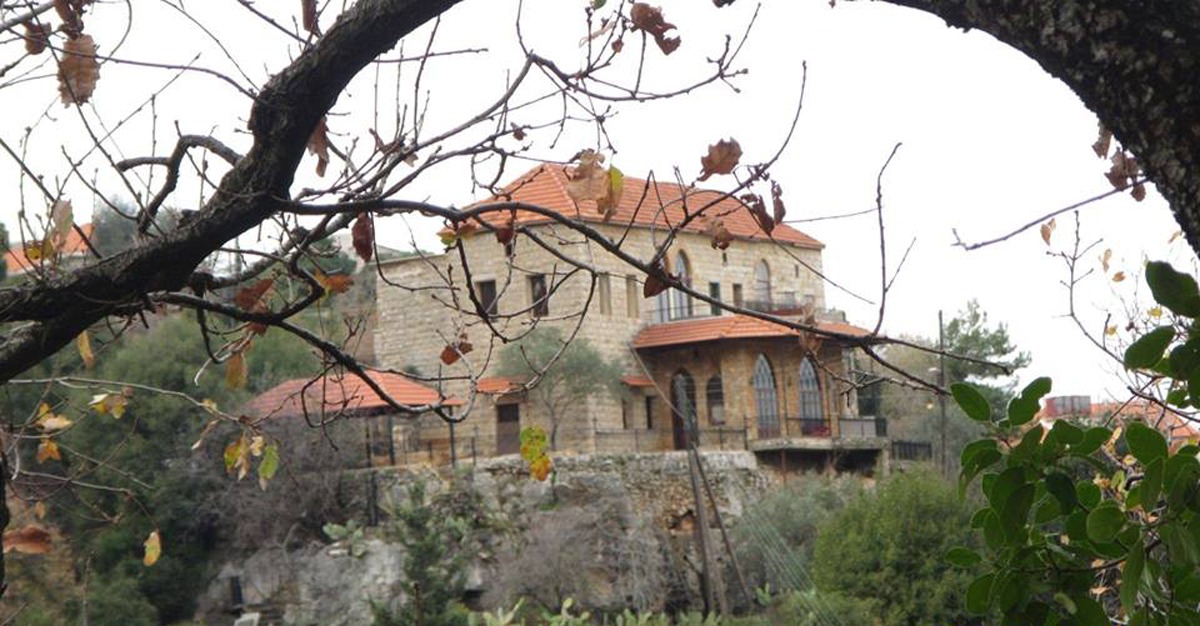Craftsman Naffah Naffah single-handedly continues the ancient family tradition of bell making in Beit Chabeb.
On a countryside road that winds through stunning landscapes in the Metn region, lies Beit Chabeb, a typical Lebanese mountainside village with a history deeply intertwined with bell making. There, craftsmen from the village have designed and crafted bells for centuries.
 Down an isolated tree-lined road, hides the workshop of Naffah Naffah, whose family has been making bells for over 300 years. Nowadays, he carries this ancient tradition into the modern age.
Down an isolated tree-lined road, hides the workshop of Naffah Naffah, whose family has been making bells for over 300 years. Nowadays, he carries this ancient tradition into the modern age.
For Naffah, who learned the trade from his father and has been making bells for the past 27 years, the craft is his life’s passion and he’s well aware of the longstanding family heritage he keeps alive. With his brother following the path of priesthood, Naffah is now the only remaining member to still work in the same workshop that’s been used by the family for generations.


The art of bell making is a long and delicate process. Even though Naffah now runs the family business alone, he still produces around 30-35 per year, and the demand keeps increasing. He works long days, a strict routine from 5am-5pm every day, only stopping to collect his kids from school.

Over the years Naffah has worked within the field, he has noticed it evolve. “The industry was primitive before. The bell was set in a very simple oven made from wood; now we have brick ovens. My relatives used to only make molds in the summer so they would dry under the sun; now we can make them all year round.”
“I am very happy to continue the family tradition,” Naffah says. “I don’t work because I have to, I work because I love it.” He hopes that when his kids grow older one of them will choose to continue the family tradition and learn from him as he learned from his relatives.
For a visit to the historic bell foundry of Beit Chabeb, call Naffah Naffah (+961 3 575632).
What to See

Article published on April 23, 2019
Article updated on June 09, 2021

